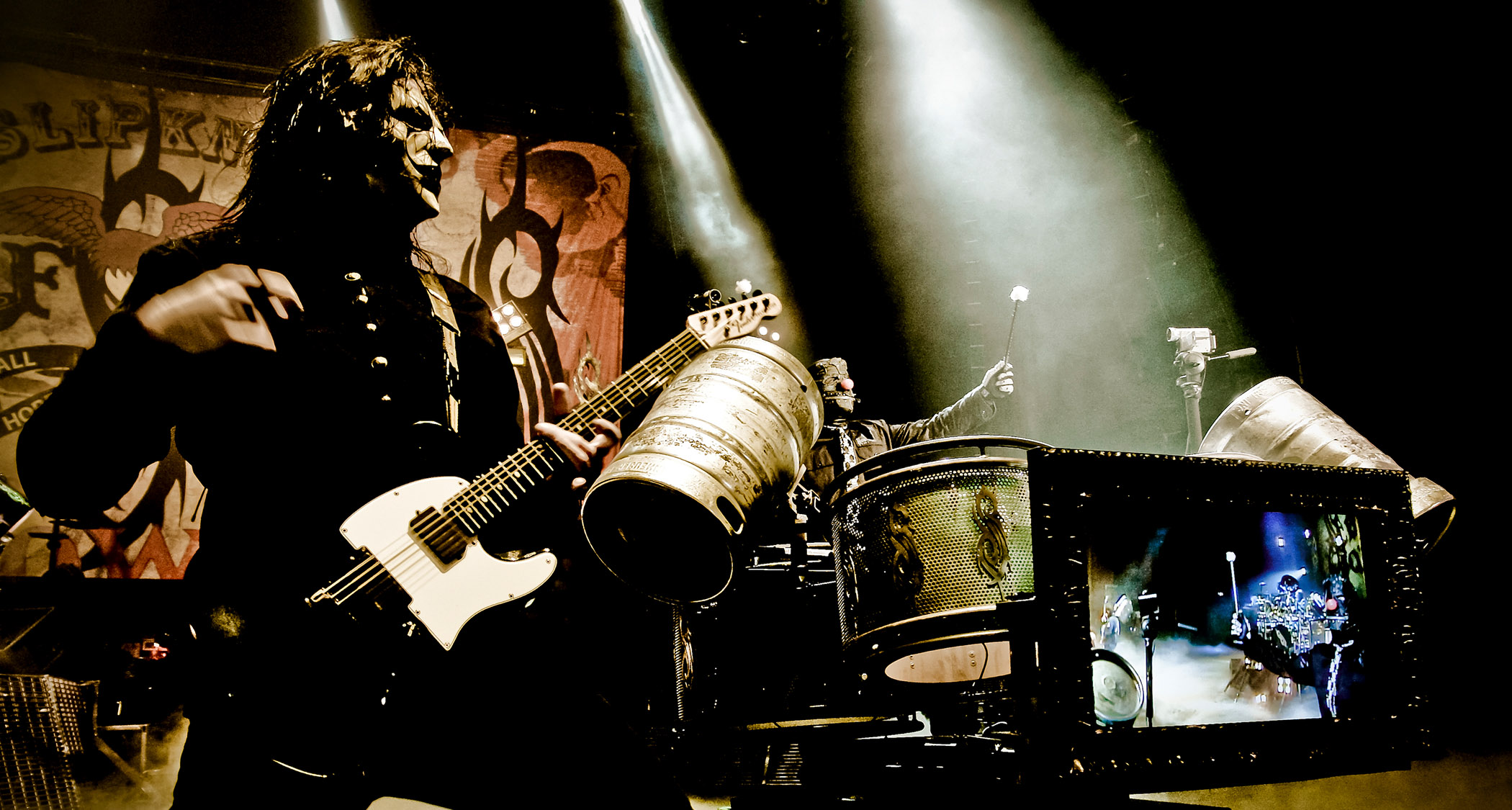“John Mayer had Paul build a guitar for him for the Dead & Company. He wanted one guitar all night. I thought, ‘Let’s see if I can get back to that’”: Keith Urban on working with PRS on a ‘do-it-all’ guitar build – and why SRV is still number one
Country icon reflects the feeling of bonding with a single instrument – and says you should give up playing and become an accountant if you’re missing his special ingredient
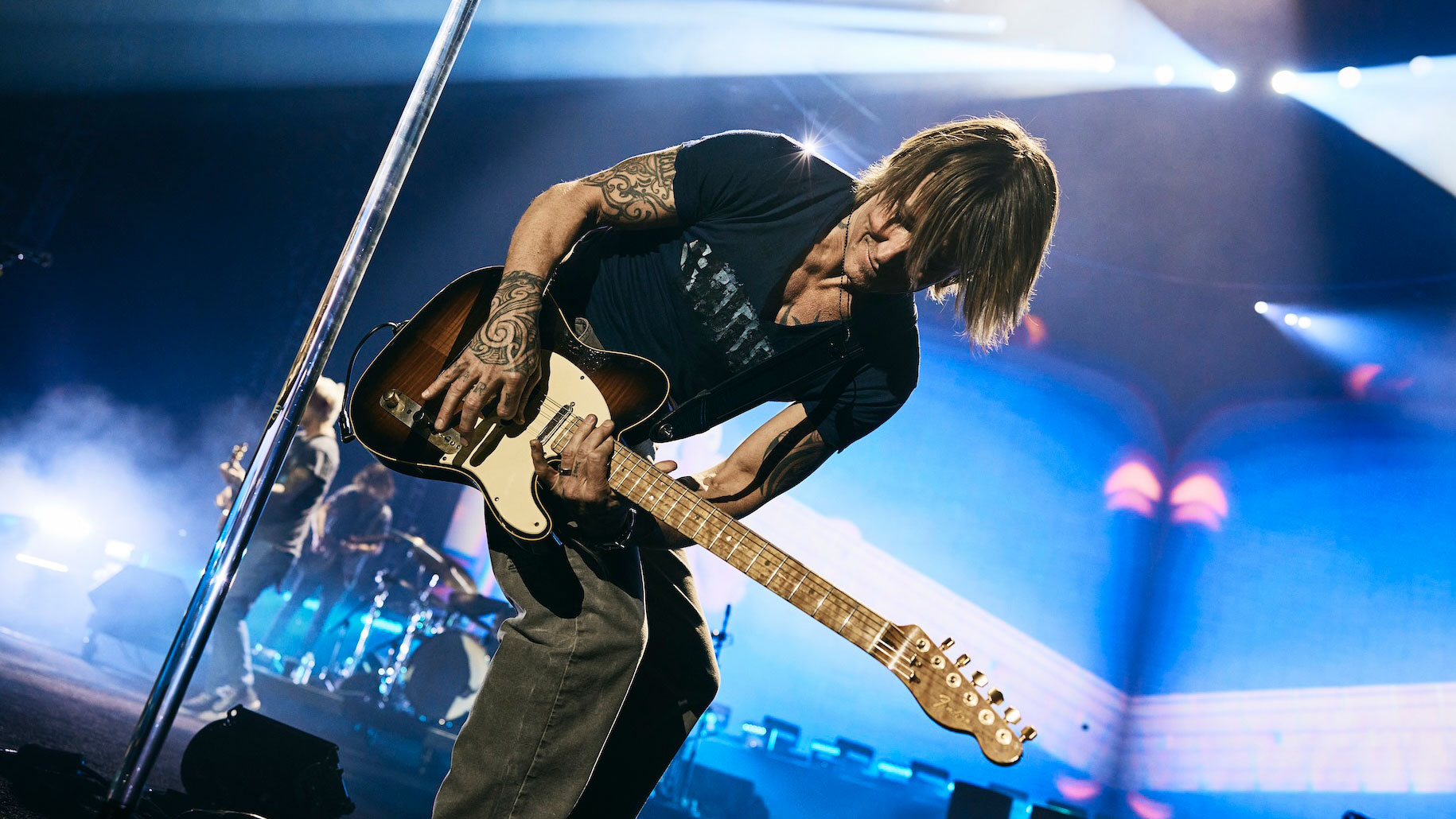
Since he hit the scene in 1991, Keith Urban has stayed at the top of the country music heap by indulging his passion for guitars. “It’s like a relationship,” he says. “Someone said once that a relationship is 50 percent support and 50 percent challenge. A guitar has to be the same.”
He continues: “If it’s all support – perfect, and easy to play – I’m probably going to miss something; it’s not going to bring something out in me, something that just doesn't happen if a guitar is too easy to play. But if it’s too much of a struggle, it’s not going to have fluidity. It’s about balance.”
Urban has found that balance again on High, his recently-released 13th studio album. Like his live performances, its 12 tracks are filled with vigor, eclectic sounds and plenty of guitar. What stands out most is Urban's tendency to lean into the fun of it all.
“Anybody that’s picked up a guitar and learned one chord has had their face light up and they’ve said, ‘Oh, my God, I’m playing the guitar!’ I never lose sight of the fun of it. It definitely gets more fun when you get better because you can do more.”
While High is just out, he’s already looking ahead. “I just bought a significant studio in Nashville that I’m bringing back to life. I’m jonesing to get in there and start creating with people, engineers, players, and writers. It’s going to be a new playground for me in the years to come.”
How would you describe yourself as a guitar player?
“I started playing when I was six. I’ve always seen myself as a duo – I sing and play. It’s different from people like Eddie Van Halen, Yngwie Malmsteen or Slash – I’m not that kind of player.”
All the latest guitar news, interviews, lessons, reviews, deals and more, direct to your inbox!
What kind of approach do you gravitate toward?
“I always play in service of the song. But when I get out and start playing live it’s a different thing. I get to stretch out a bit more – get in the flow state and just play. The guys I grew up loving were Clapton, Mark Knopfler, Lindsey Buckingham and David Gilmour; mostly very melodic cats.
“For me, Stevie Ray Vaughan is the number one passionate, ferocious guitar player. There’s nobody that comes close to him; but those melodic cats speak to my heart – definitely Clapton and Gilmour.”
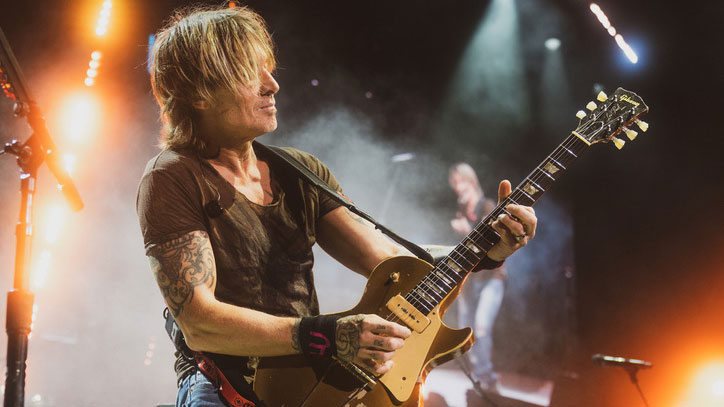
When you picked up the guitar to work on your High what did the process look like?
“I lean into pickups more than I used to. It’s more than a make or a model; if we’re recording a song, in my head I’m like, ‘What sound do I hear if there’s a solo in the song? Is it a humbucker, a single coil with high output, a single coil with low output, or a filter ‘tron? Is it a hollowbody?’ I think about the pickups a lot more now because of their responsiveness and tonality.”
You experienced some guitar-related loss due to flood damage some years back. What was it like having a ton of your prized guitars get wet?
“This was back in 2010, and it was just this massive 100-year flood in the Cumberland River here in Nashville. Unfortunately, it was one of the biggest storage spaces, where tons of players like Brad Paisley and me had their gear. It was right by the river, and when that flood hit, everything got baptized.
“There were power lines down in the area. The police weren’t letting people in until after the water subsided. There was crap floating around in the water – toxicities, animals, and everything bad. It was just a waiting game.
“It took days for the water to subside. Even when there was a blue sky, there was water that wasn’t going anywhere. We knew our instruments were floating in the facility, and we couldn’t go get them. It was really heartbreaking.
I’ve got a ’58 Gibson Les Paul Gold Top, a ’52 Gold Top, a ’64 Fender Strat; I’ve got so many older guitars that survived really well from that flood. It’s extraordinary
“Many days later, we got in there and started the process of dismantling and drying everything that could be recovered and repaired. Interestingly, most of the old guitars I had from the ‘50s and ‘60s fared way better than the newer guitars, which just kind of disintegrated and fell apart.
“That really speaks to the quality of the craftsmanship and the timber. The wood is more dried out on those older guitars; it wasn’t as easy for water to penetrate.”
What are a few of your favorite survivors?
“I’ve got a ’58 Gibson Les Paul Gold Top, a ’52 Gold Top, a ’64 Fender Strat; I’ve got so many older guitars that survived really well from that flood. It’s extraordinary.”
I felt like I’d become a jack of all trades and master of none, with too many guitar choices
Did that experience lead you to err toward vintage guitars? Do you spend much time with newer guitars?
“I’ve been working with PRS on trying to get a singularly main guitar, if I can even create such a thing with Paul Reed Smith, who has been great. All of this started because of John Mayer – I was talking to John one time about feeling like I’d become a jack of all trades and master of none, with too many guitar choices.
“John said to me, ‘Man, you can hear when a player knows a guitar more than the tone, more than the solo, and more than anything. You can just tell when a player knows their guitar inside and out.’

“I thought, ‘That’s a really great observation.’ It got me myself – ‘My gosh, I miss bonding with one guitar.’ When you start out, you can only afford one or two, and you bond with that guitar no matter what it is. I had a Squire Stratocaster that was a piece of shit. But I knew it inside and out. I could play anything on it. I sold that guitar many years ago, but I missed that bonding.”
“John had Paul build a guitar for him for the Dead & Company run that he did. He wanted one guitar – like, ‘Can I just play one guitar all night?’ I thought, ‘Let’s see if I can get back to that.’
“It’s been a mission of late to try and create a guitar that’s based on a lot of my favorite guitars and see if I can get a bit more of a main guitar in my hands again.”
John’s Silver Sky is synonymous with quality. Is that the main reason you chose PRS?
“I think that’s it. There’s the quality, and their willingness to go the distance in tweaking and getting it right. I have a Fender 40th-anniversary Telecaster named Clarence. It’s been my main guitar since 1989, when I bought it brand new at Manny’s in New York.
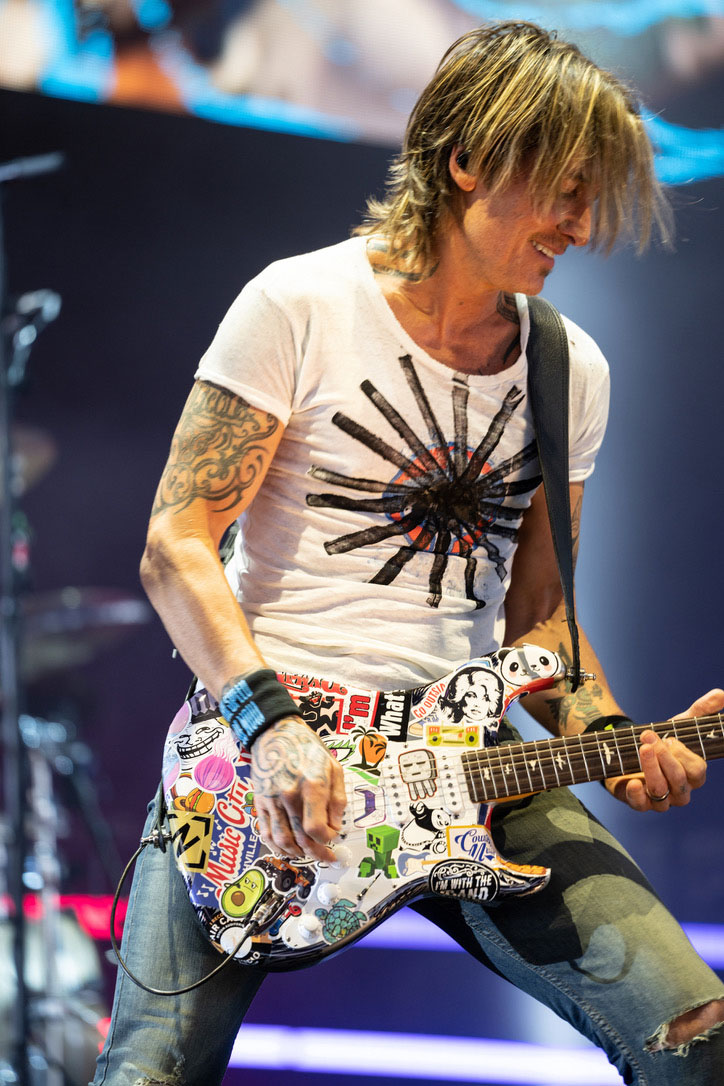
“But I have this frustrated relationship with it because it’s… not the best. I have a ’51 Nocaster that eats it for breakfast as far as tone. But I know Clarence way better than I knew the Nocaster. I can play anything on Clarence; I just wish it sounded a little bit better. It’s a frustrating thing.
“So that was really the beginning of the search with PRS. I want to see if we can create something modeled on the feel of Clarence, but with a better tonal range.”
I’ve come to the realization that I’m not chasing tone; I’m seeking inspiration. Those are two different things
So you’re looking to make a T-style guitar, but with your stamp on it, like John did with the Silver Sky?
“Yes, exactly. I like a little bit of a hollowbody, so it’s got a little bit of that in there. We have a customized f-hole shape that is modeled after the phoenix tattoo on my forearm. And it’s got these pickups that are specifically Paul’s design.
“They’re humbuckers but have an amazing, almost Dumble harmonic range. I can get squeaks and squawks out of them unlike any other guitar I've got. And the playability is just beautiful; it's really balanced.”
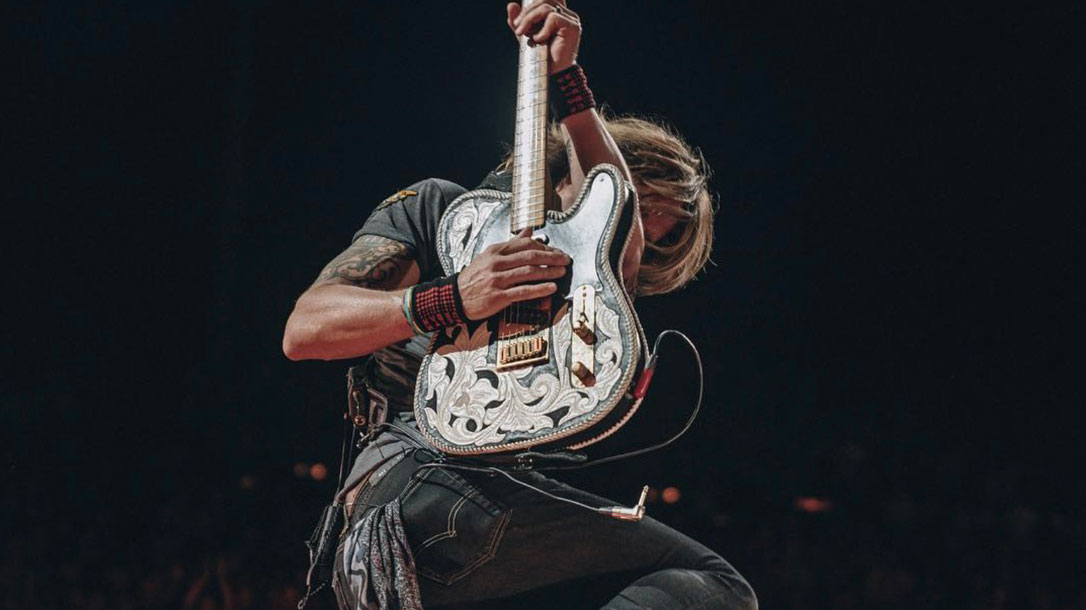
Will you be able to adapt after Clarence?
“I like a little fight out of a guitar! I’m used to it, and I’m a bit more of an aggressive player. I’m trying to see if I can get Paul to help me get a bit of fight out of a guitar designed to give you no fight. He’s like, ‘Good God, what are you asking for?’ I’m like, ‘I’m just asking for a little struggle!’ I do better when I struggle a little bit with the guitar, if that makes any sense.”
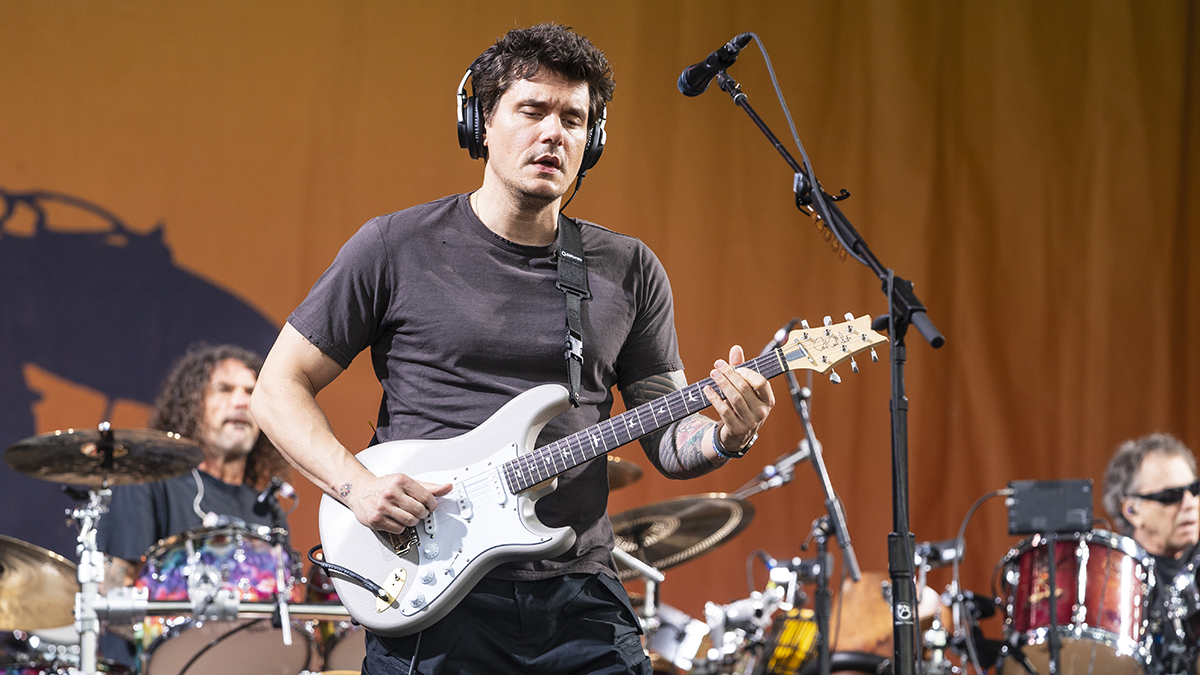
“Keith reached out to John (Mayer) to ask how he is able to play an entire four-hour show with just one guitar (his signature PRS ‘Dead Spec’ Silver Sky). On John's recommendation, Keith called me and said he was on the hunt for ‘one guitar that can do it all, like John’s,'’ says PRS Guitars Director of Artist & Community Relations, Bev Fowler.
“Challenge accepted! Keith went into great detail about what he needs and what he’s missing with his other guitars. We are proud that so many musicians trust us to get all of the details right and deliver an instrument that helps them do their job. Keith Urban is an extraordinary player and we have enjoyed the creative process to build him something special that accomplishes the tonal range he is hunting for."
Struggle aside, what are the keys to your tone?
“I don’t even know what that is. I seem to have this frequency – a lot of my playing sits around 1.5k. It fucking drives me mad, but it’s kind of inherent in my tone. When I get rid of it and smooth it out, it doesn’t sound like me.
“I’ve got this journey through the world right now of adjusting my pick position, changing the texture of my picking, string gauge, string height, lower wattage output pickups… it’s the beautiful, endless journey of tone-searching.
“I’ve come to the realization that I’m not chasing tone; I’m seeking inspiration. Those are two different things. Chasing tone feels like I’m constantly frustrated and never get there. But seeking inspiration, for me, is something that gives me inspiration.”
I find it – and then I’m looking for the next piece of inspiration. Like, ‘Okay, that worked perfectly. Now I’m seeking the next bit.’ It feels more positive to seek inspiration versus changing tone. ‘Chasing tone’ sounds like I’ll never have any enjoyment ever!”
Does the gear you use to that end really matter? It sounds like you prefer to keep things pure.
“‘Pure’ is a great word. I go back and forth on loving the idea of having as much headroom as the amp will give me before it breaks up and then using pedals to do what I want. Then I go, ‘I’m leaning too much on pedals; I’m going to get an amp that breaks up.’
I used to keep reminding people, ‘You play guitar.’ The first word there is ‘play’
“I find myself in a freefall of wanting a complete dichotomy – I’ll want sag, creamy, crystalline, pristine, clean, and yada-yada-yada. But I have a pretty good balance between all that.”
Is there an amp you like best?
“Right now my primary amp is a Dumble Overdrive Reverb that, weirdly enough, used to belong to John Mayer back in the Trio days. It’s an amazing amp and, hands down, the best one I’ve ever played. I run it with a Fender Dual Showman because they have different responses and tonalites. The two blended together gives me a bigger, fuller sound.”

Will you approach your new songs differently on the road compared to the studio?
“All these new songs are built to be played live. They’re high energy. I’m curious how I’ll do some of them because there’s a lot of overdubbed parts, so some of them will become their own thing live. Lately I’ve been doing club shows as a three-piece, and that’s been a great way to discover what songs will work.”
What’s your mindset as you prepare to hit the road again?
“I used to keep reminding people, ‘You play guitar.’ The first word there is ‘play.’ You play a show; you play music. Of course, it takes an enormous amount of practice, work, skill, effort and talent – but, man, if you forget the ‘play’ part of it, then go do accounting or something!”
- High is on sale now.
Andrew Daly is an iced-coffee-addicted, oddball Telecaster-playing, alfredo pasta-loving journalist from Long Island, NY, who, in addition to being a contributing writer for Guitar World, scribes for Bass Player, Guitar Player, Guitarist, and MusicRadar. Andrew has interviewed favorites like Ace Frehley, Johnny Marr, Vito Bratta, Bruce Kulick, Joe Perry, Brad Whitford, Tom Morello, Rich Robinson, and Paul Stanley, while his all-time favorite (rhythm player), Keith Richards, continues to elude him.

